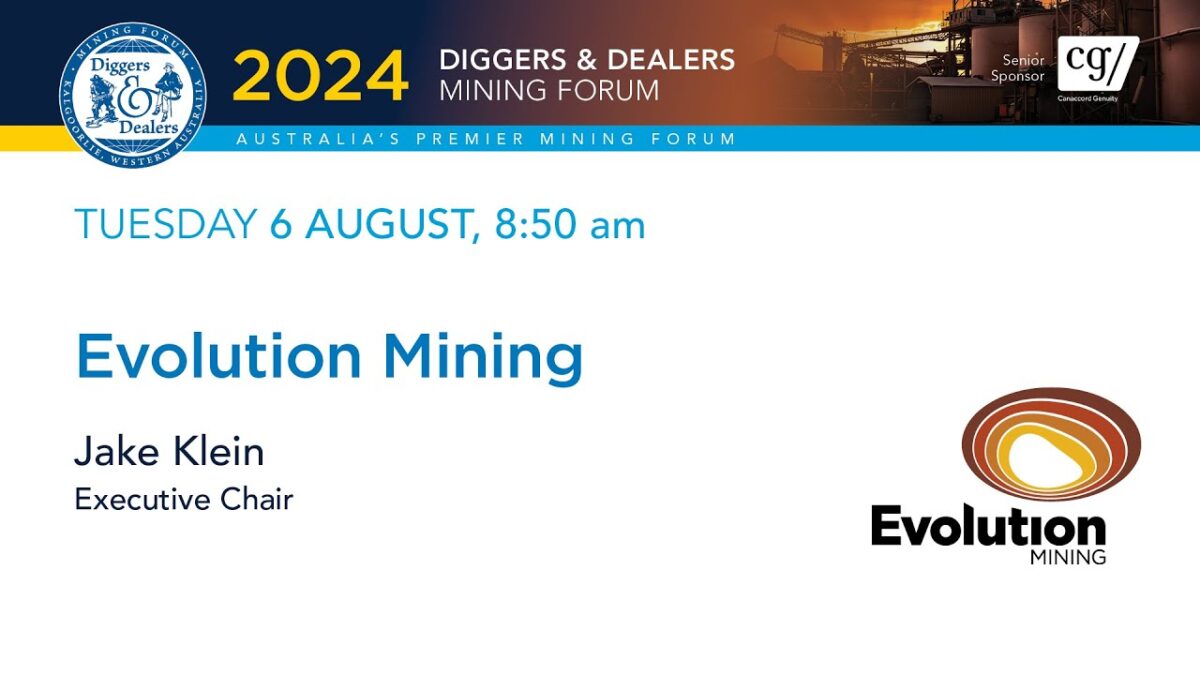
Copper concentrator at the Oyu Tolgoi mine (Image: Rio Tinto)/
Rio Tinto will commence work under a revised mine plan at the Oyu Tolgoi copper-gold operation in Mongolia, with the mine’s board approving a new approach.
Oyu Tolgoi is a 66:34 joint venture (JV) between Rio Tinto and the Mongolian Government, with works having progressed in the Entrée Resources JV area while licence transfer discussions between Entrée Resources and the Mongolian Government continue.
Oyu Tolgoi, a world-class copper-gold deposit, remains on track for its long-term ramp-up. Rio Tinto has reaffirmed its 2025 copper production guidance of 780,000 to 850,000 tonnes (t), planning to ramp up production from panel 0 and expects to add panel 2 in 2026.
Under the original mine plan, panel 1 – which includes the Entrée JV area – was scheduled to contribute to production from 2027. However, that timeline is now subject to the resolution of the licensing matters.
“Transferring the licences for the Entrée joint venture area will maximise the value Oyu Tolgoi delivers for all parties, and we are continuing to work with the Government of Mongolia and Entrée Resources towards this outcome,” Rio Tinto copper chief executive Katie Jackson said.
“Our understanding of the ore body is growing as production and development progresses, further increasing our confidence and flexibility.
“With lateral development work only just beginning in panel 1, this is the right time to pivot and bring forward development in panel 2 south to maintain our options.”
While development in the Entrée area is paused, limited activity will continue in other parts of panel 1. Resources are being redeployed to bring forward work in panel 2 south, which lies outside the JV area.
From 2028 to 2036, Oyu Tolgoi is expected to produce an average of around 500,000t of copper per year, with flexibility to initiate production from either panel 1 or panel 2 south depending on the timing of licence transfers.
Subscribe to Australian Mining and receive the latest news on product announcements, industry developments, commodities and more.










